Podcast Category: Chronic pain
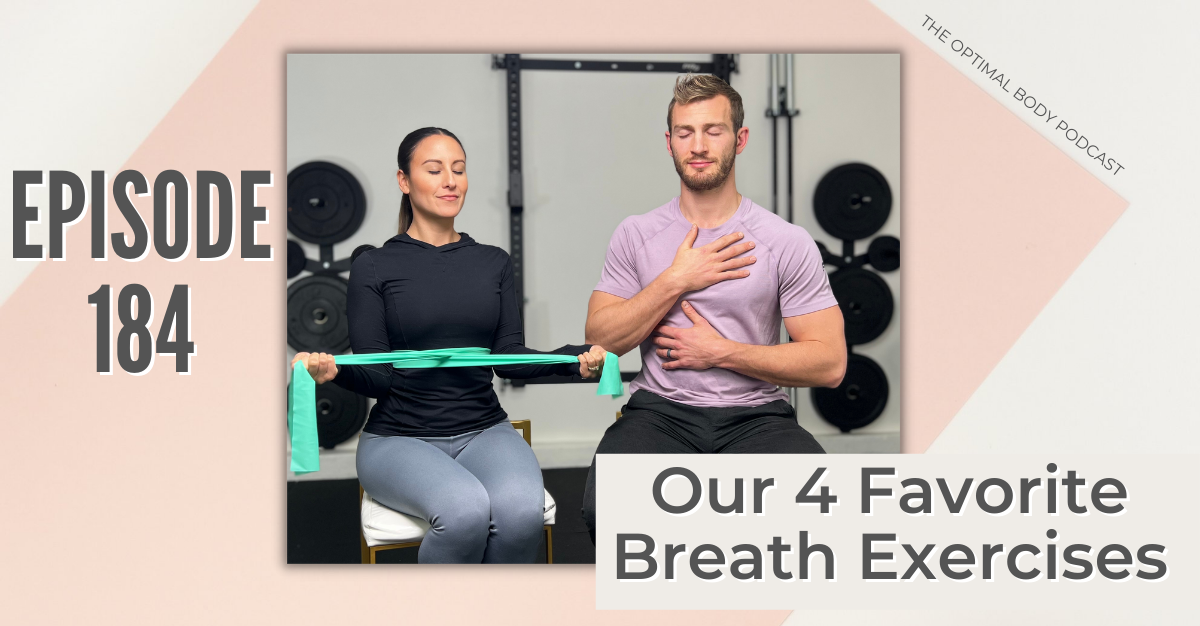
184 | Our 4 Favorite Breath Exericses
DocJen & Dr. Dom present 4 different breath exercises: variations of box breathing, extended breathing, the one-minute reset, and Wim Hoff Breathing. They dive into how to perform these exercises, how these different exercises can be advantageous, how breathing can be beneficial in mobility, and how breathing can optimize CO2 tolerance, especially done nasally. Let’s dive into breath work!
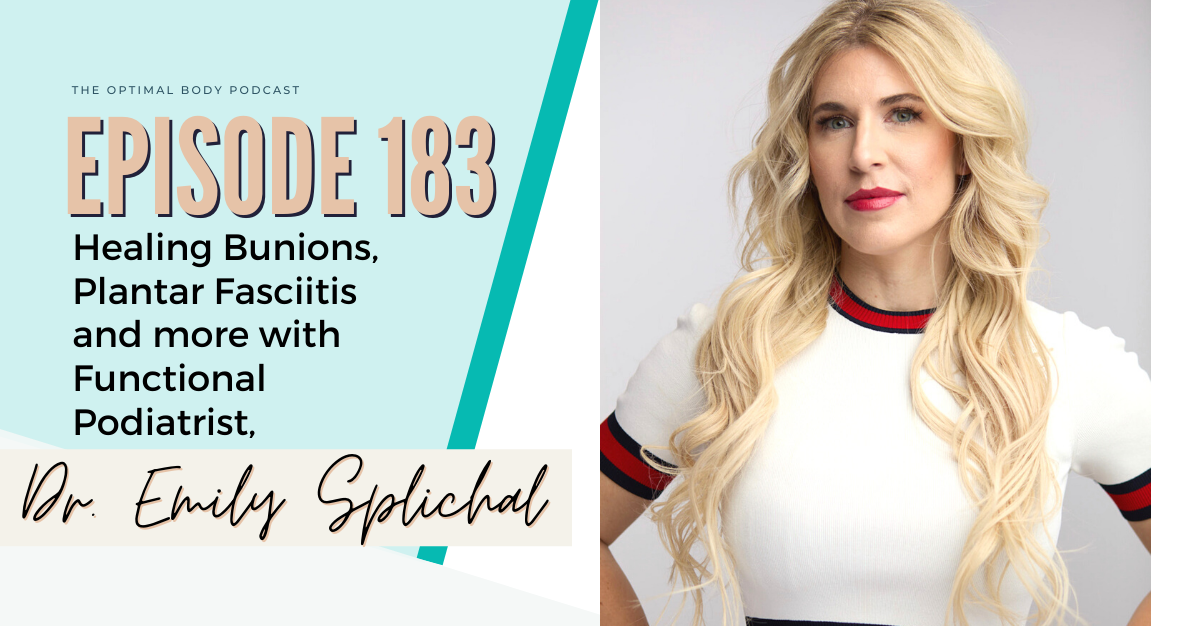
183 | Healing Bunions, Plantar Fasciitis and more with Functional Podiatrist, Dr. Emily
Dr. Emily walks the path of bunions, plantar fasciitis, and other foot conditions through the lens of functional podiatry, She begins by explaining the importance of educating individuals about orthotics and the general foot types. Then, she explains how foot structure is not necessarily related to symptoms and whether or not your foot condition is genetic. By discussing the importance of spending more time barefoot and exposing the feet to different structures to optimize neurological feedback, she dives into how the nervous system manifests in the feet, how training function is beneficial, and the role emotions play in feet health. Let’s get your feet functional!
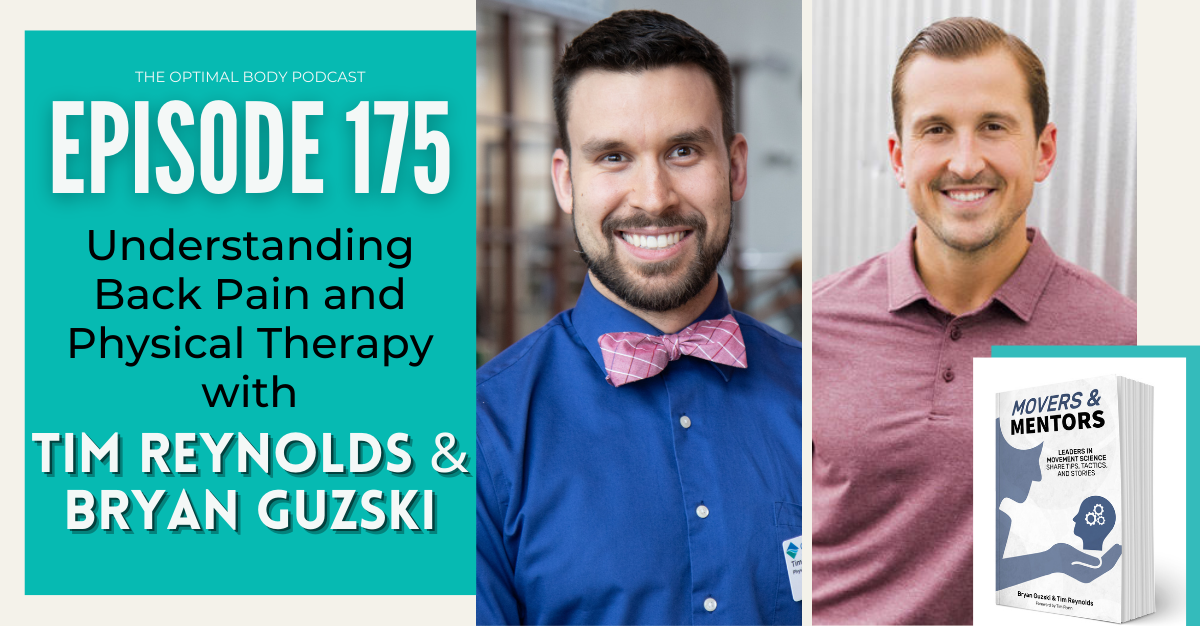
175 | Understanding Back Pain and Physical Therapy
Tim Reynolds and Bryan Guzksi, physical therapists, take you from PT school to clinical practice as they hone in on how their curiosity drove their career path. Tim & Bryan share how physical therapy can support back pain and the best ways in which you can address your back pain as you navigate the world of physical therapists to find your optimal one. They discuss the importance of shifting language around the medical diagnosis and how language plays a role in instilling fear in patients. As psychology plays an immense role in pain perception, they provide their best tips to navigating the fear around back pain, how to set yourself up for success at your medical appointments.
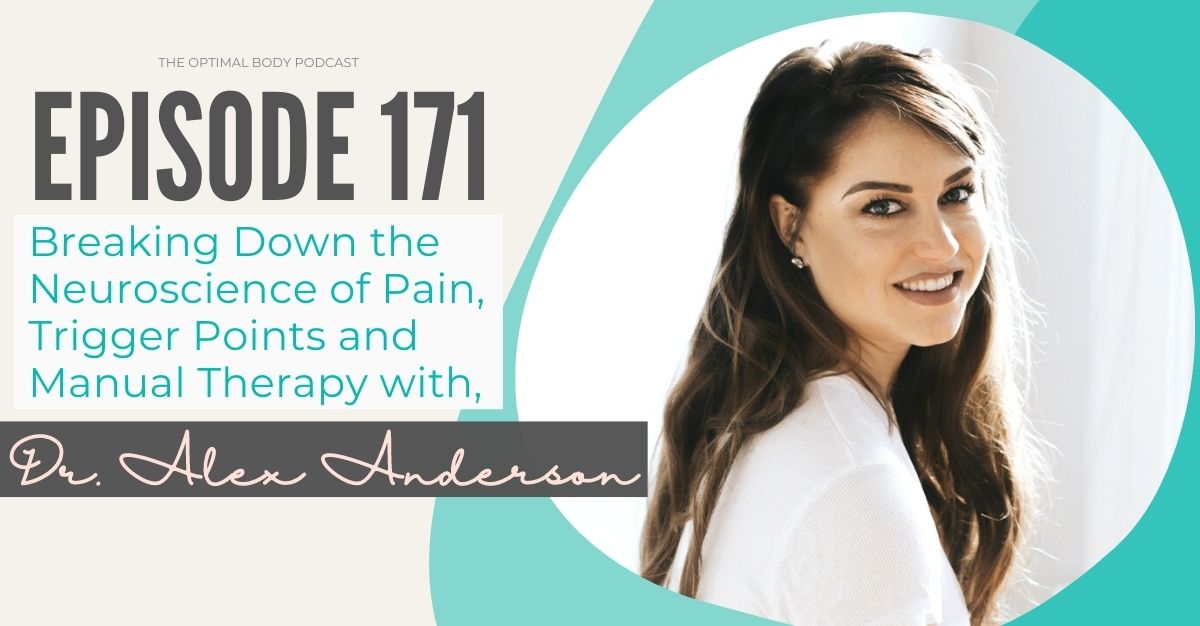
171 | Breaking Down the Neuroscience of Pain, Trigger Points and Manual Therapy with Dr. Alex Anderson
We have Dr. Alex Anderson on to break down the shifts in pain science and why pain is important. Using the biopsychosocial model, Dr. Alex addresses pain through a biomedical perspective, and how psychosocial factors can affect pain perception too. Then, she dives into chronic pain and how pain is interpreted in the brain through inputs of threat stimuli. Discussing chronic pain modulation, she dives into the physiology of Fibromyalgia and how plasticity in the brain makes pain plastic too! Finally, she provides insight into how manual therapy techniques modulate pain, specifically looking at joint mobilizations, trigger points, and dry needling.
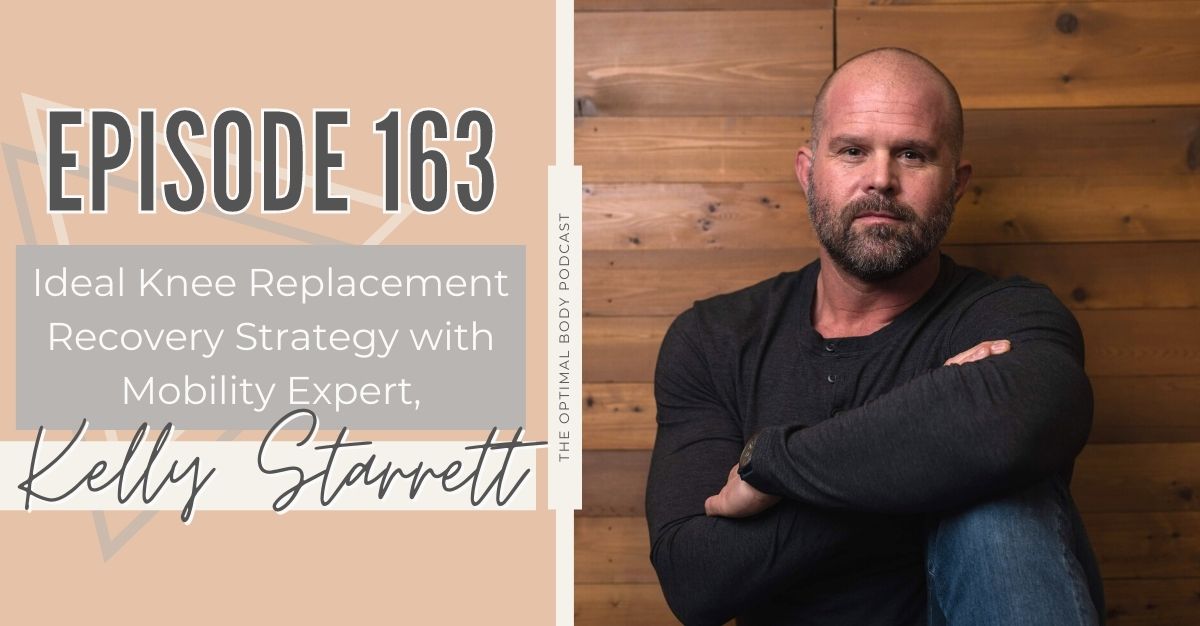
163 | Ideal Knee Replacement Recovery Strategy with Mobility Expert, Kelly Starrett
We have Dr. Kelly Starrett back on the podcast to provide you an insightful rundown on his journey with his knee replacement journey, and how you can optimally navigate online education to optimize your health. With an overemphasis on the ways in which function drives purpose, Dr. Kelly speaks into the importance of education, honing in on finding independence within your own health. Then, Dr. Kelly walks the path of his knee journey, having pushed off knee replacement surgery for 7 years, and why he decided to eventually get surgery after years of training for function. Honing in on educating for function after surgery, Dr. Kelly debunks myths around icing and rest and provides the truth surrounding optimal rehabilitation.
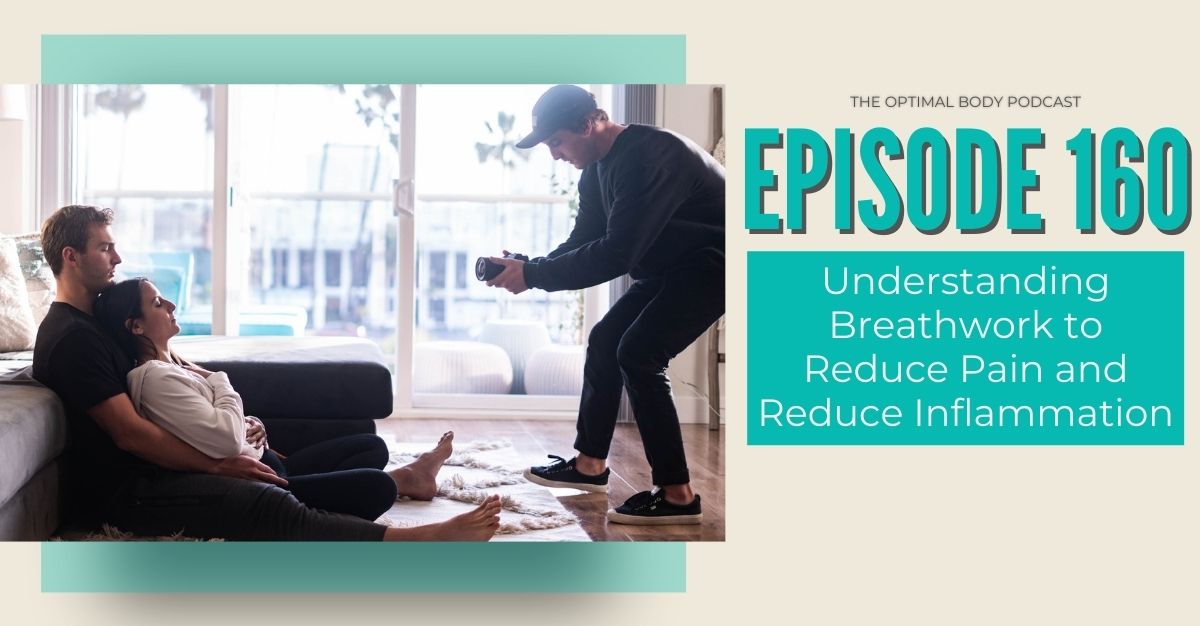
160 | Understanding Breathwork to Reduce Pain and Reduce Inflammation
DocJen & Dr. Dom dive into stress and recovery and how breath can be one simple tool to access the different states. They describe the differences between the sympathetic and parasympathetic nervous systems, how they related to principles of survival, and how these principles manifest in pain. By talking through the power of diaphragmatic breathing, and the differences between anaerobic and aerobic, they provide insight into their best techniques and tools to understand your own breath and how to determine what breathwork to use when.
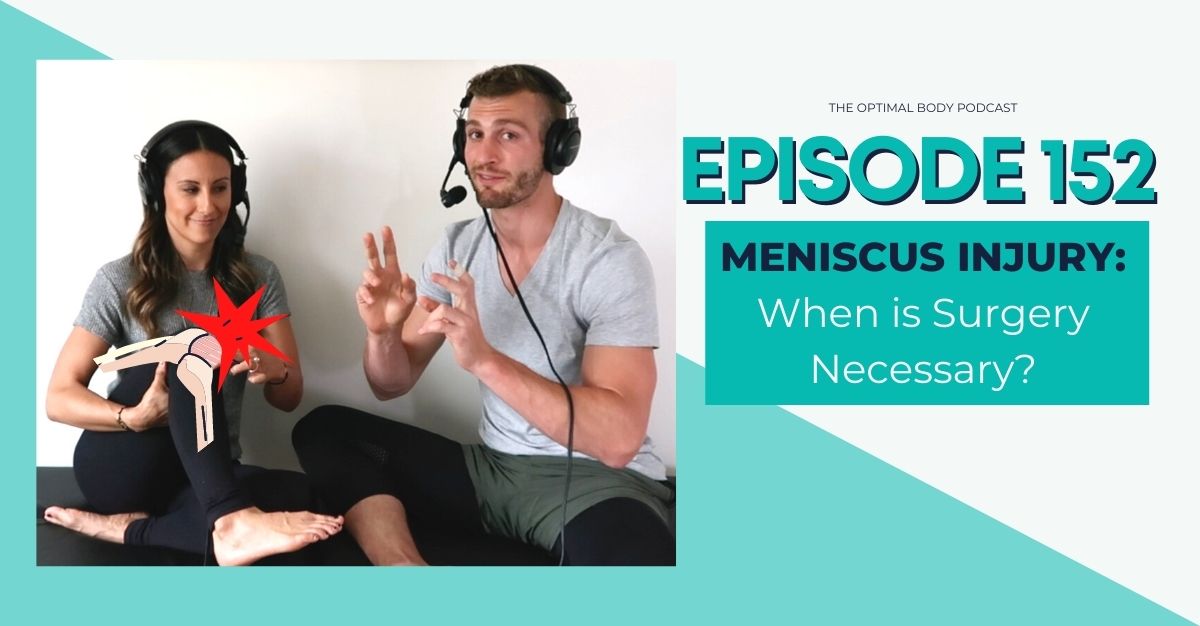
152 | Meniscus Injury: When is Surgery Necessary?
Dr. Jen & Dr. Dom dive into the anatomy of the Menisci, potential causes, and which populations tend to be of higher risk. Then, Dr. Dom shares his journey with his Meniscus injury. Dr. Jen & Dr. Dom discuss their perspective on surgery and the importance of attempting rehabilitation before surgery. They take you through knee rehabilitation step by step, breaking down how mobility, muscle activations and stabilization exercises, and strength in the posterior chain are vital to the initial stages of injury rehabilitation. They shift the paradigm in fearing knees over toes and speak into progressive overloading the knees to create healthy and resilient knees! Learn to train and rehabilitate the knees to tolerate all of life’s uncertainties!
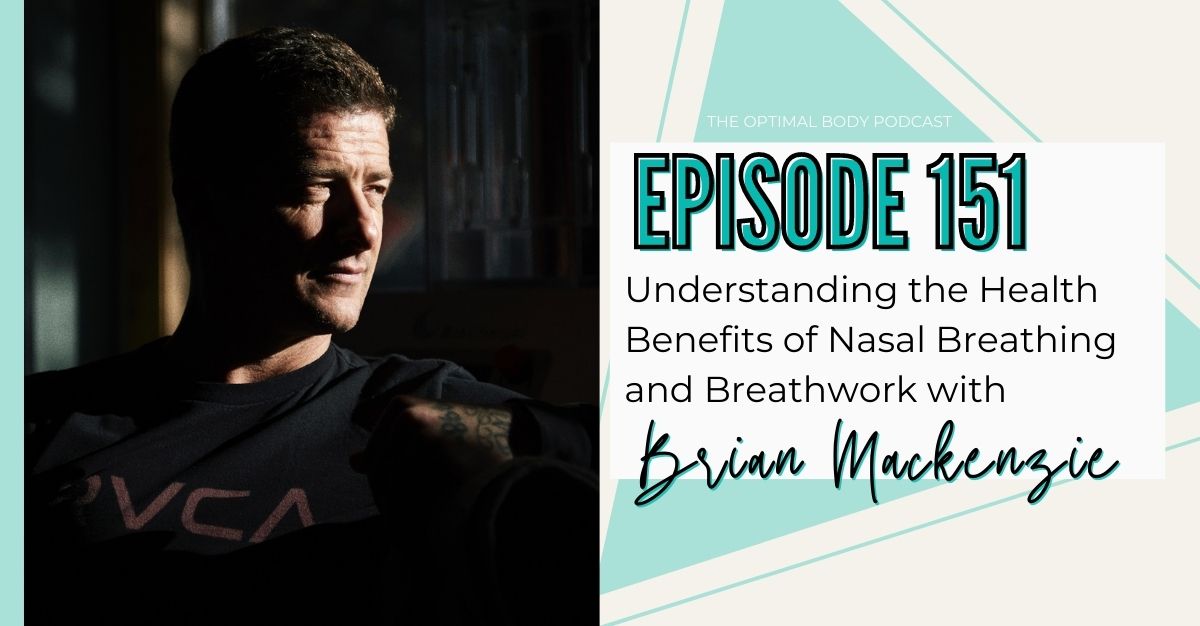
151 | Understanding the Health Benefits of Nasal Breathing and Breathwork
Brian Mackenzie is on for the second time to explain the science behind breath and how it can modulate panic, anxiety, and pain. Brian discusses how we can control our breathing to upregulate or downregulate the body. In light of his Nosevember challenge, Brian dives into the anatomy and physiology of nasal breathing and how it plays into deviated septums, snoring, pain, and switching on the parasympathetic nervous system.
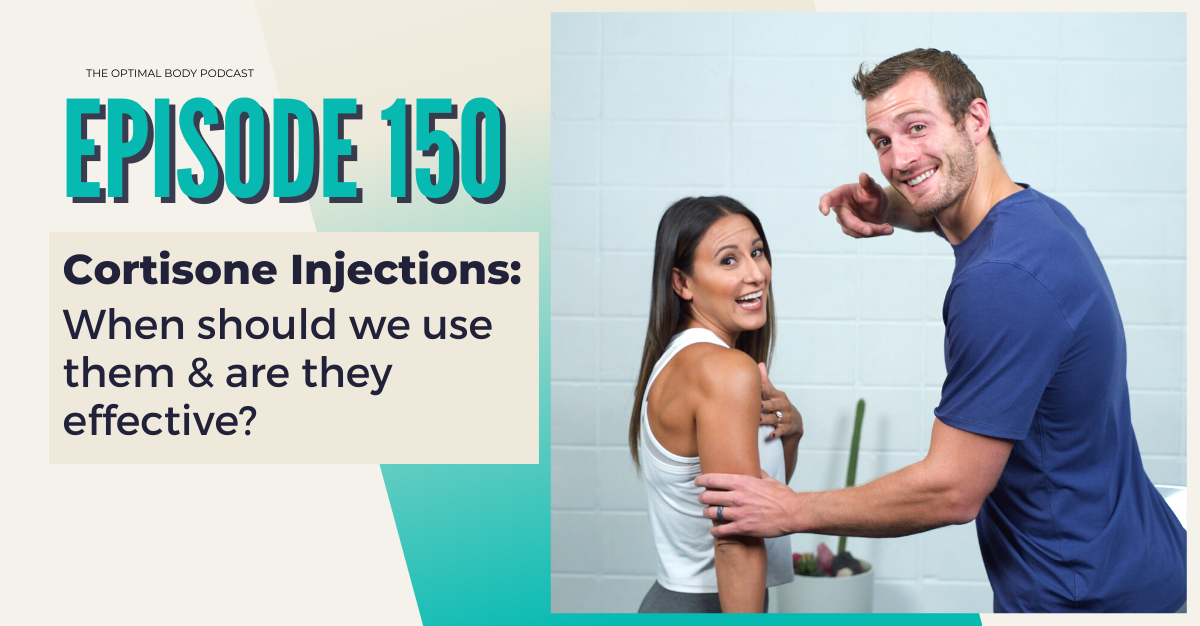
150 | Cortisone Injections: When Should We Use Them & Are They Effective?
DocJen & Dr. Dom let the truths ring free about cortisone injections. They dive into how cortisone injections work, simply describing how it affects pain and inflammation. They break down cortisone injection categories and provide insight into how glucocorticoids metabolize in the body. Moreover, they present current perspectives on cortisone injections through research. Keep Moving!
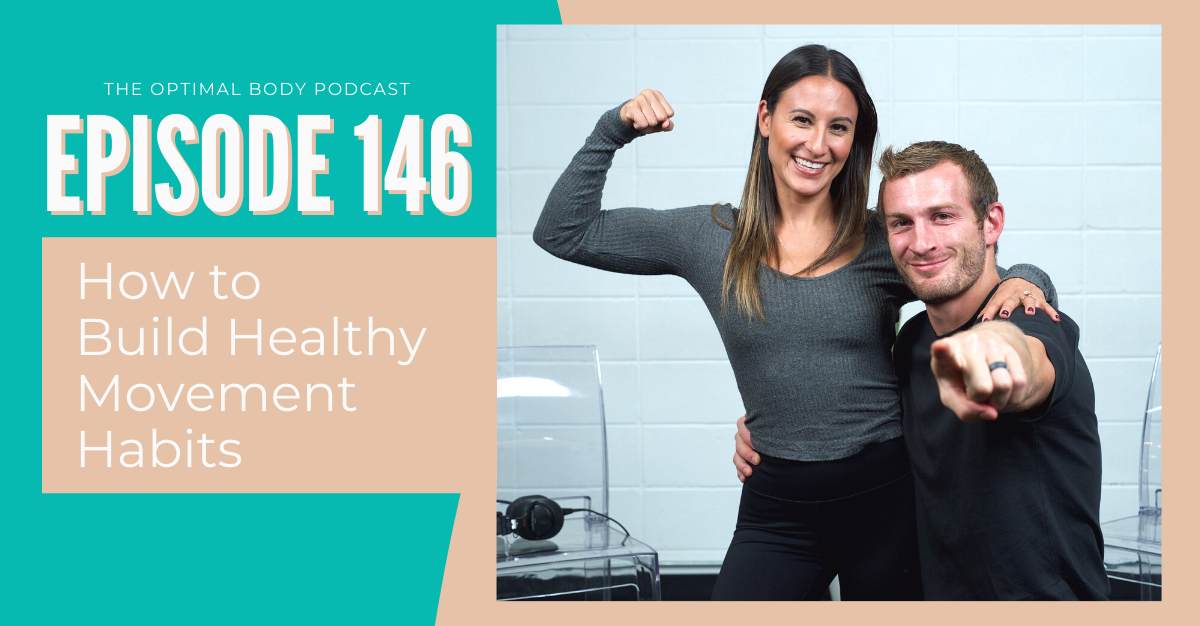
146 | How to Build Healthy Movement Habits
DocJen & Dr. Dom navigate the world of healthy movement habits, speaking into the upcoming Grateful For My Body challenge, starting November 1st. Firstly, they discuss what to consider when kickstarting your journey to creating a habit, and why looking at adding in instead of avoiding may be more beneficial. Then, Dr. Dom speaks into creating a 1% goal and what it means to start small, addressing the importance of assessing instead of guessing. Finally, they dive into what is unique in this year’s 30-day challenge. With highly adaptable and modifiable workouts, accountability, community, and a guide to keeping you consistent.







